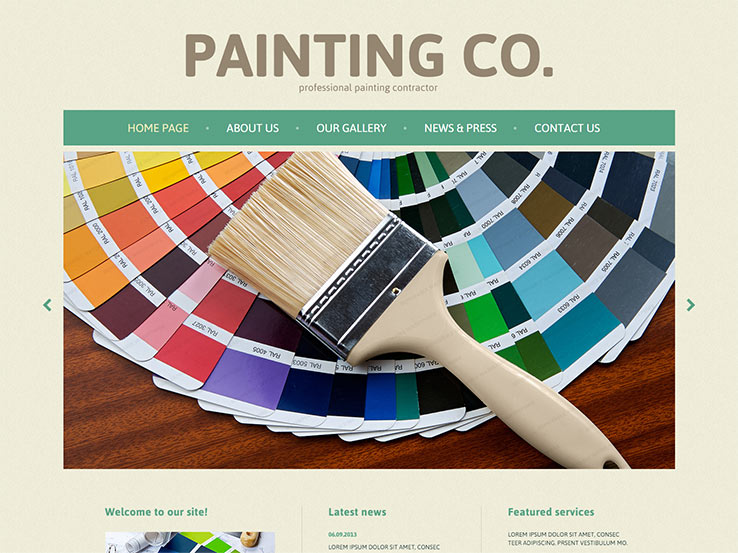Check Out The Duty Of Seasonal Consider The Success Of Business Outside Paint And Reveal The Very Best Times To Protect Long-Term Outcomes For Your Project
Check Out The Duty Of Seasonal Consider The Success Of Business Outside Paint And Reveal The Very Best Times To Protect Long-Term Outcomes For Your Project
Blog Article
Material Writer-Fox Skafte
When you're planning an industrial outside paint task, seasonal variables can make or damage your results. You'll intend to take into consideration exactly how temperature and moisture influence paint application and drying out times. Selecting the right season can ensure your paint adheres properly and lasts much longer. Yet which seasons are really the very best for this type of job? Let's check out the crucial elements that can impact your job's success.
The Influence of Temperature on Paint Application
When you're preparing an industrial outside painting job, the temperature can significantly affect just how well the paint sticks and dries.
Ideally, you intend to repaint when temperatures vary between 50 ° F and 85 ° F. If it's also cold, the paint may not treat properly, resulting in issues like peeling or fracturing.
On the other side, if it's also warm, the paint can dry out also rapidly, avoiding correct adhesion and resulting in an uneven coating.
You should additionally think about the moment of day; early morning or late afternoon offers cooler temperatures, which can be extra desirable.
Always check the manufacturer's referrals for the details paint you're making use of, as they typically give advice on the perfect temperature array for optimal results.
Moisture and Its Result on Drying Times
Temperature isn't the only ecological aspect that influences your industrial exterior paint task; humidity plays a considerable role too. High humidity levels can reduce drying times substantially, affecting the total quality of your paint job.
When the air is saturated with wetness, the paint takes longer to treat, which can bring about concerns like bad adhesion and a greater danger of mold growth. If you're repainting on a particularly humid day, be gotten ready for prolonged delay times in between layers.
It's critical to check neighborhood climate condition and plan appropriately. Preferably, go for exterior painting in my area between 40% and 70% for optimum drying.
Keeping these factors in mind ensures your job remains on track and delivers a lasting finish.
Best Seasons for Commercial Exterior Painting Projects
What's the best season for your business external paint jobs?
Spring and early autumn are generally your best bets. Throughout these periods, temperature levels are mild, and humidity degrees are frequently reduced, producing excellent conditions for paint application and drying out.
Stay clear of summertime's intense heat, which can trigger paint to dry also swiftly, bring about inadequate attachment and finish. Likewise, wintertime's cool temperatures can hinder appropriate drying and healing, risking the longevity of your paint task.
Go for days with temperature levels in between 50 ° F and 85 ° F for optimal outcomes. Keep in https://news.arizona.edu/story/stolen-painting-returns-home-uarizona to inspect the local weather prediction for rainfall, as wet conditions can destroy your project.
Preparation around these factors ensures your painting job runs smoothly and lasts much longer.
Verdict
Finally, preparing your business external paint tasks around seasonal factors to consider can make a significant distinction in the end result. By scheduling job throughout the perfect temperature levels and humidity levels, you'll ensure far better adhesion and drying times. Remember to keep an eye on neighborhood weather forecasts and select the correct time of year-- spring and early fall are your best bets. Taking these actions will certainly help you attain a long lasting and expert finish that lasts.
